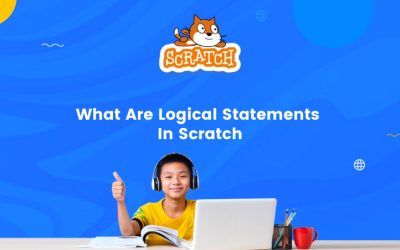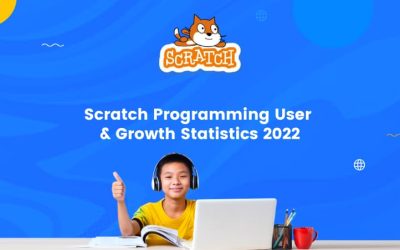Today we hear children as young as 6 or 7 years old raving about an app or game they created.
With the advancement of technology, it is not difficult to believe that a child of that age can actually create something like that, and we sit here thinking that app creation and game development are only the domain of coders or programmers with a hardcore computer science degree or a software engineer.
But that is not the case.
There are a number of platforms and programming languages that lets even kids become coders and understand the fundamentals of programming and Scratch is one such platform
Developed in the Massachusetts Institute of Technology’s media lab, Scratch is a visual block-based programming language that makes coding interactive, creative, and extremely fun for beginners.

It is also a platform, which provides the programming language. The first prototype for Scratch was launched in 2003.
Over the years Scratch has gone through a lot of changes and updates and the current version of Scratch is 3.0 which was released in 2019.
Overall, Scratch is a platform that allows coders, particularly children, and beginners, to create their own apps and games using its block-based programming language.
Simply put, you stack blocks in the Scratch platform to create games, apps, and other projects.
These blocks already have codes in them, and Scratch has a plethora of blocks and elements to give a coder a larger field to play with.
But the big question here is whether or not a project in Scratch has a size limit. And, if so, how much?
Well, to quote a former Scratch team member Za-Chary, “There is no explicit limit on project file size.” However, you may have noticed an orange pop-up box while creating a project on scratch that says, Project could not save.

This alert appears if a project is too large to save.
Project size limit has been a concern for many scratchers and this blog will provide you with all of the information you need to understand the issue.
Project Size Limit in Scratch
In the 3.0 version of Scratch, we have a newer methodology for measuring project size, i.e. projects on the Scratch website can only be shared if each individual asset is less than 10 MB and the project JSON (the data format used by Scratch to store information about projects, sprites, and scripts) is less than 5 MB.
As a result, the smallest possible project can contain as many assets as possible, and the largest project that can be created while staying within the explicit limits is 31,814 assets (318 GB).
In contrast, the project size limit in the 1.x version of the Scratch was fixed at 10 MB.
In version 2.0, the size limit was increased to 50 MB, but all assets were limited to 10 MB each.
Now that that question has been answered, you might be wondering how to keep the project’s size under control.
The following are some basic guidelines that can be followed to avoid size issues:
- Try to compress the size of the sound and images used in the project as much as possible; this has proven to be the most effective method thus far.
- Delete any unused sprites or scripts because they are a waste of space.
- Because of the same reason stated above, always delete unused variables and lists.
- When possible, use stamping and cloning instead of multiple sprites.
- Delete all unused sound files because they take up a lot of space.
- You can also experiment with custom blocks to reduce script sizes.
- Also, when painting costumes or backdrops, try to use vector graphics rather than bitmap graphics, especially if you’re making simple costumes like circles and boxes.
Conclusion
The project size has always been a point of discussion among the scratchers, as well as a concern that they must keep in mind even before beginning a project.
Anyone can create a smart and aesthetic game or app within the size limit if they code smartly, that is, if they follow the guidelines above, so you are not just recklessly creating sprites, adding sounds, and assets without knowing how much space they are taking.

This has an impact on your final result because all of your hard work is in vain if you can’t save your project and have to spend several hours modifying it just to get it down to the size limit.
Learn Scratch at BrightChamps with its specially designed curriculum that makes learning programming easy for students in Grade 1-12. BrightChamps also teaches a variety of other programmes that help kids build a foundation in computer programming through activities, assignments, and other means.

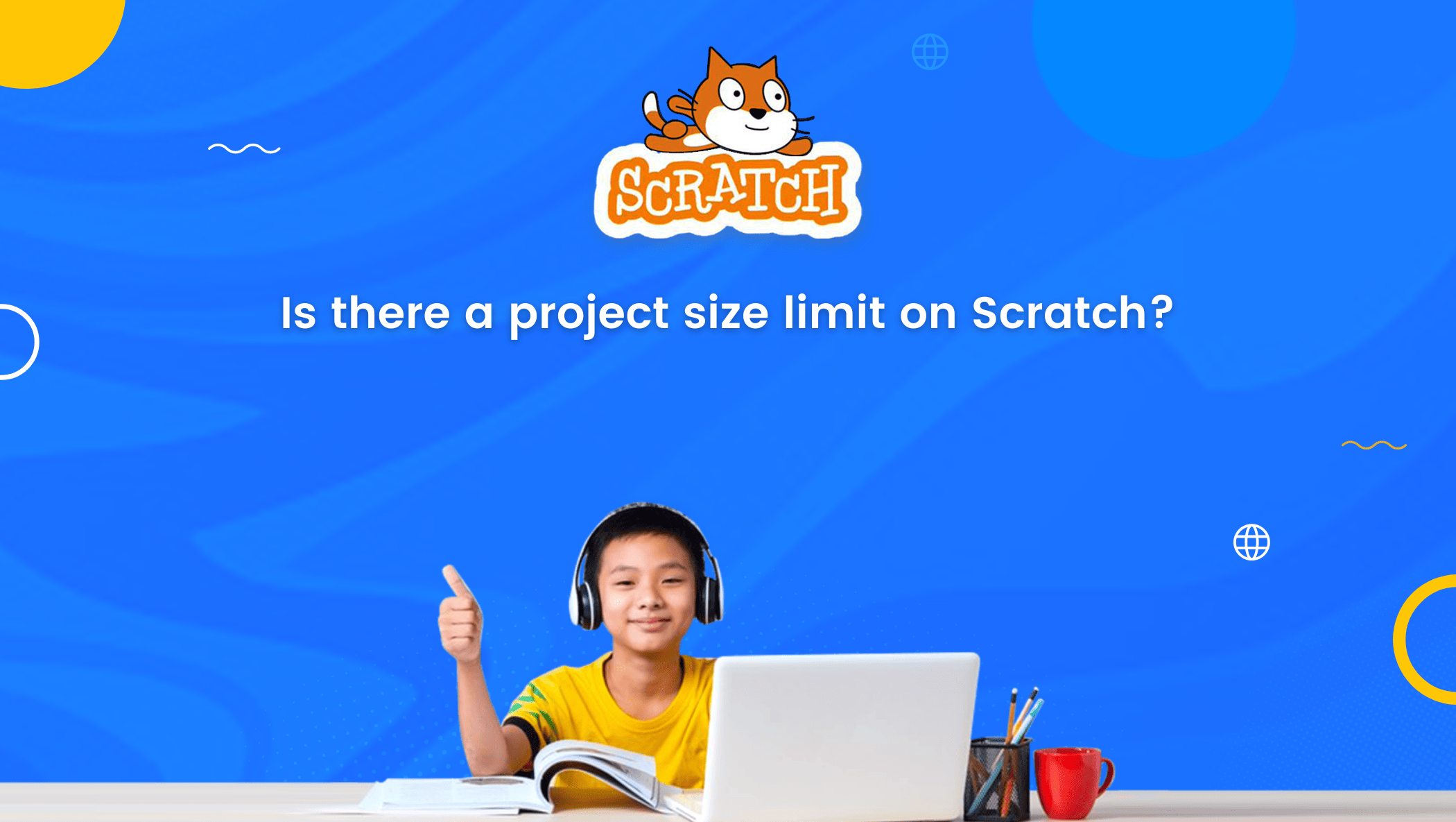


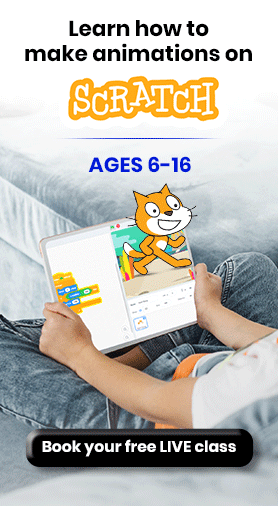
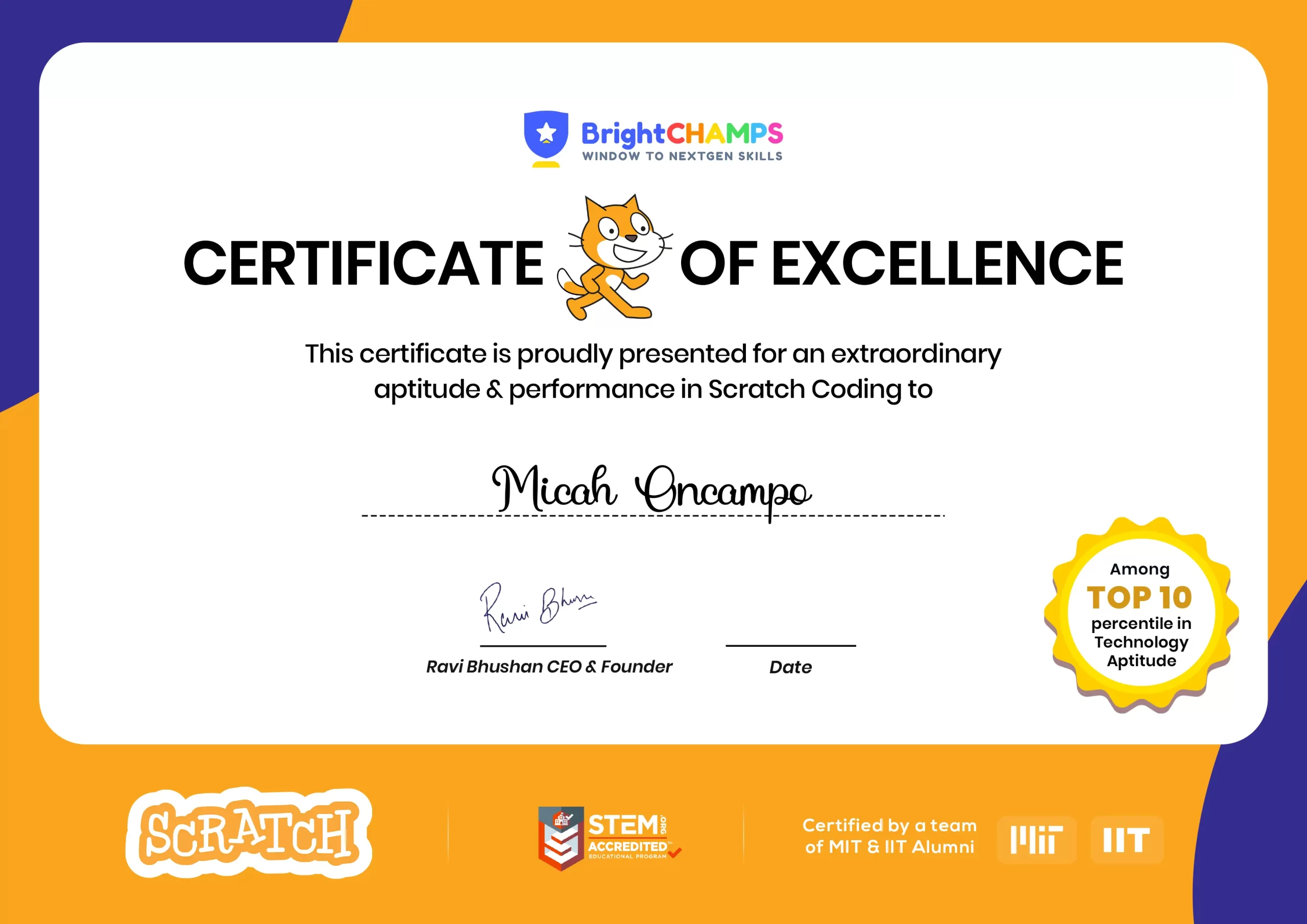
![Ultimate List of 30 Best Scratch Games for Kids [2022 Edition]](https://pages.brightchamps.com/blog/wp-content/uploads/2022/09/Ultimate-List-of-Scratch-Games-for-kids-400x250.jpg)
